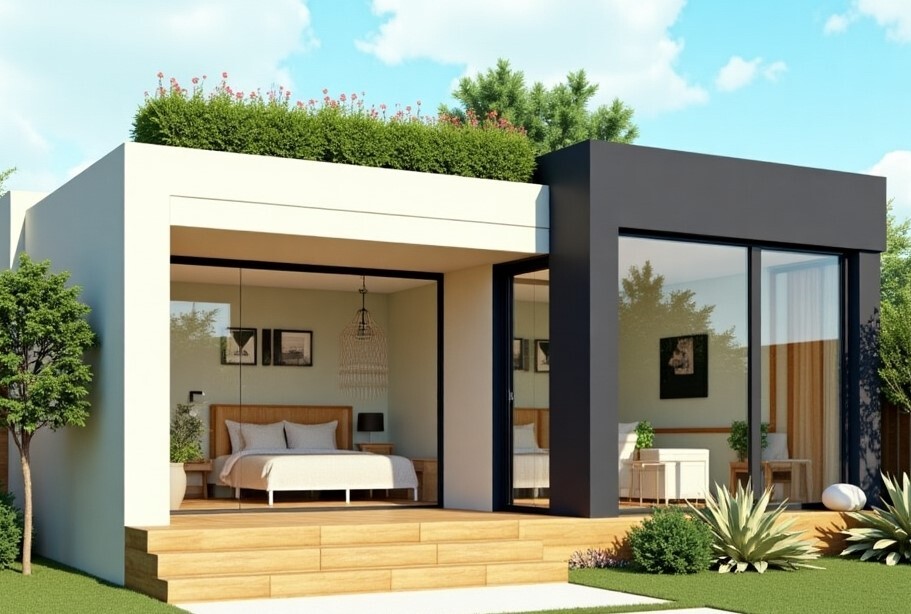
What is an ADU?
An Accessory Dwelling Unit (ADU) is a secondary, self-contained residential structure located on the same lot as a primary single-family or multi-family home. These units—commonly known as granny flats, in-law suites, or backyard homes—can be attached to the main home, detached, or created through the conversion of existing space such as a garage or basement.
In cities like Los Angeles, ADUs offer a practical and sustainable solution to California's housing crisis. They provide more affordable housing options, allow for multigenerational living, and enable homeowners to generate rental income.
Understanding the Los Angeles ADU Permitting Process
Building an ADU in Los Angeles requires proper planning and a city-approved permit. The process may seem complex, but breaking it down step by step makes it easier to manage.
🔹 Step 1: Check Zoning Eligibility
Before submitting any plans, determine if your property is eligible for an ADU. In Los Angeles, most residentially zoned lots, including R1, RD, and R2 zones, allow ADUs.
Tip: Use ZIMAS (Zoning Information and Map Access System) to look up your zoning and determine if ADUs are allowed on your lot.
🔹 Step 2: Choose Your ADU Type
Los Angeles allows multiple ADU configurations:
Detached ADU (standalone unit)
Attached ADU (connected to the main home)
Garage Conversion ADU
Junior ADU (JADU) (up to 500 sq ft, within the primary residence)
🔹 Step 3: Prepare ADU Plans
Work with an architect or designer to create:
Site plan
Floor plan
Elevations
Utility plan
These plans must comply with Los Angeles Department of Building and Safety (LADBS) codes.
🔹 Step 4: Submit Your Permit Application
Submit plans to LADBS via their online portal. The standard submission includes:
Completed application forms
Architectural plans
Structural calculations (if required)
Energy calculations (Title 24)
Plan check fee
LADBS typically reviews ADU plans within 30–60 days.
🔹 Step 5: Respond to Corrections
If LADBS provides corrections or requires changes, update your plans and resubmit them for approval. A collaborative designer or permit service can speed up this step.
🔹 Step 6: Receive Permit Approval
Once approved, you will receive your building permit, allowing you to begin construction legally.
🔹 Step 7: Schedule Inspections
During construction, LADBS inspectors must visit the site to review foundation, framing, plumbing, electrical, and final construction stages.
🔹 Step 8: Final Approval & Certificate of Occupancy
After passing inspections, LADBS will issue a Certificate of Occupancy, making your ADU legal and livable.
Benefits of Building a Permitted ADU in Los Angeles
| Benefit | Description |
|---|---|
| 🏠 Increased Property Value | A legal ADU can significantly raise your home’s resale value. |
| 💰 Rental Income | Legally rent out your ADU for steady passive income. |
| 🛡️ Legal Protection | Avoid fines, legal issues, and future demolition orders. |
| 👨👩👧👦 Multigenerational Living | Provide housing for family while maintaining privacy. |
| 🌎 Sustainable Urban Growth | Helps address LA’s housing shortage without expanding urban sprawl. |
| 💡 Access to Incentives | Get access to state and local ADU grants or pre-approved plans. |

